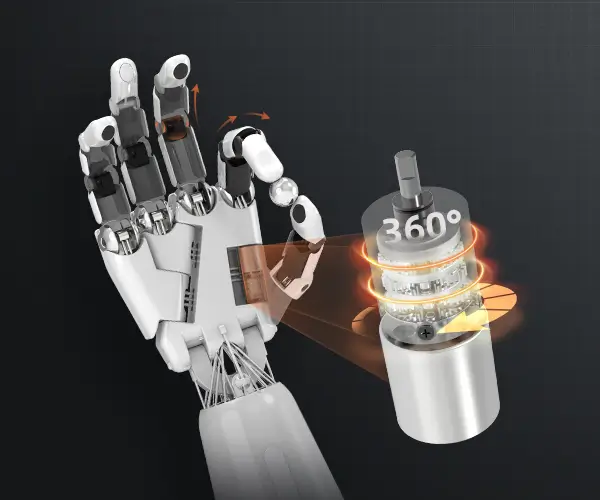Imagine this: you're sitting in a bustling coffee shop, a steaming cup in front of you, and someone starts talking about building complex, scalable apps. That’s the vibe of diving into microservices with Java. It’s not just about slapping code together; it’s about designing a system that feels like a well-oiled machine, each part doing its job smoothly but able to stand alone if needed. That’s the beauty here.

So, what’s so appealing about microservices? Think about a single monolithic app—everything bundled tight, one hiccup means the whole system trembles. Microservices change the game: small, independent parts that talk to each other through clear APIs. It’s like having a team of specialists, each owning a piece of the puzzle. When one needs to upgrade or debug, it’s easier—less risk to the entire operation. Flexibility becomes second nature.
Now, add Java into the mix. When you think of Java, think of that reliable, battle-tested language that’s been around for decades. Gentle enough for beginners, powerful enough for enterprise giants. Crafting microservices with Java feels like sitting in a favorite chair—familiar, steady. Frameworks like Spring Boot make this even simpler. Those tools don’t just make things easier; they speed up development and improve the code's resilience. Java’s ecosystem provides a rich library of tools, sparking creativity while maintaining stability.
But here’s a real question: isn’t microservices complicated? Sure, it has its challenges—managing multiple services, orchestrating them smoothly, keeping security tight. Yet, it’s like any tool worth learning. With solid understanding and practice, you start to see the pattern: decouple, isolate, automate. Deployments become less stressful because you’re not always touching the entire system, and scaling? Almost effortless—adding more instances to handle extra load is straightforward. Plus, cloud services like AWS or Azure align perfectly with this architecture, making deployment even more seamless.
Listening to those who’ve adopted microservices in Java, many say it’s a game-changer. They talk about how it allows for rapid iterations. Want to test a new feature? Drop it into a microservice, see how it runs—fast and isolated. No more waiting for the entire system to get an update. It’s about agility, about being able to adapt quickly to change, to innovate without fear.
And then, there's the future. Microservices aren’t just a buzzword—they’re shaping how cloud-native apps are built today. They're not perfect; they demand discipline, good documentation, a mindset shift. But for those aiming to build flexible, resilient, scalable applications, Java microservices aren’t just an option—they’re a powerhouse.
Think about it—building something that can grow, evolve, and stand the test of time. Isn’t that what good software should be? That’s what Java microservices bring to the table: a practical, powerful way to craft apps that don’t just work—they excel.
Established in 2005, Kpower has been dedicated to a professional compact motion unit manufacturer, headquartered in Dongguan, Guangdong Province, China. Leveraging innovations in modular drive technology, Kpower integrates high-performance motors, precision reducers, and multi-protocol control systems to provide efficient and customized smart drive system solutions. Kpower has delivered professional drive system solutions to over 500 enterprise clients globally with products covering various fields such as Smart Home Systems, Automatic Electronics, Robotics, Precision Agriculture, Drones, and Industrial Automation.




































